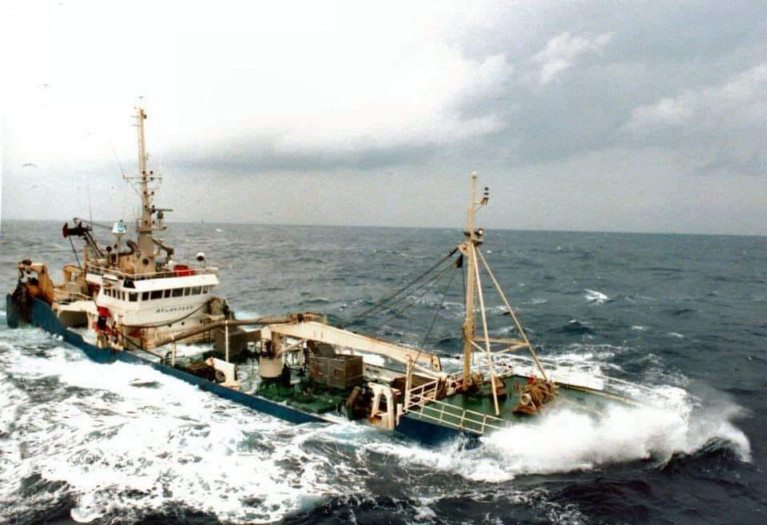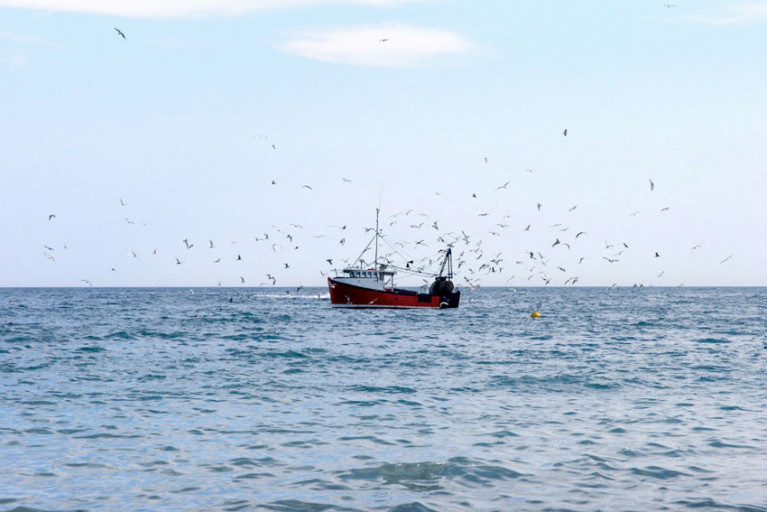
Government Drops any Inquiry into Encounter Between Fishing Vessel & Royal Navy Frigate
2nd October 2020 Fishing
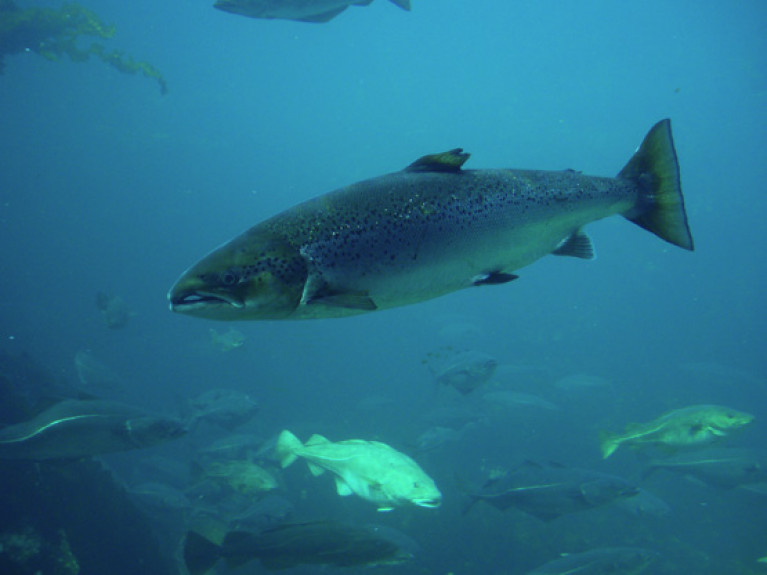
Coronavirus Restrictions Could Be A Boost To Ireland’s Wild Salmon Numbers
30th September 2020 Angling
Britain Suggests Transition Period For European Fishing Fleets In 11th-Hour Brexit Deal Offer
30th September 2020 Fishing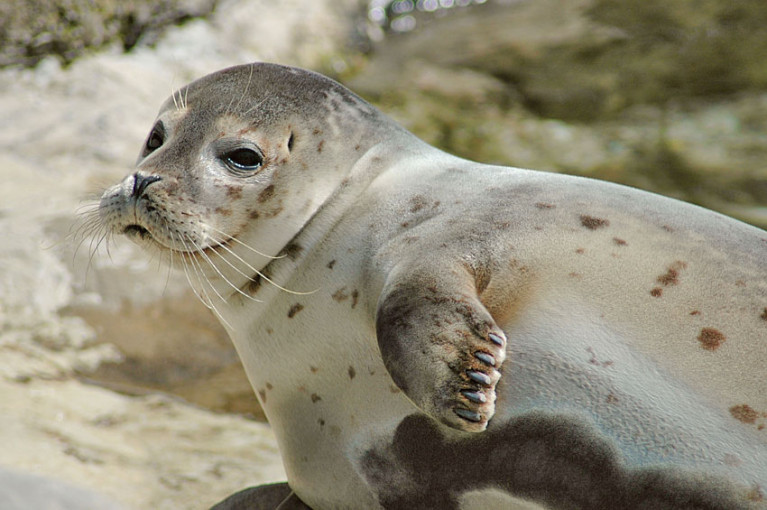
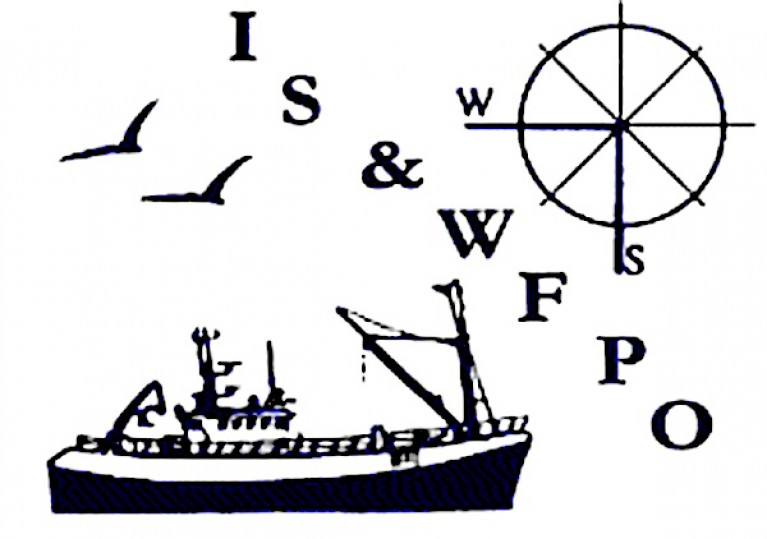
Penalty Points System for Fishing Offences May be Subject to New Court Challenge
24th September 2020 Fishing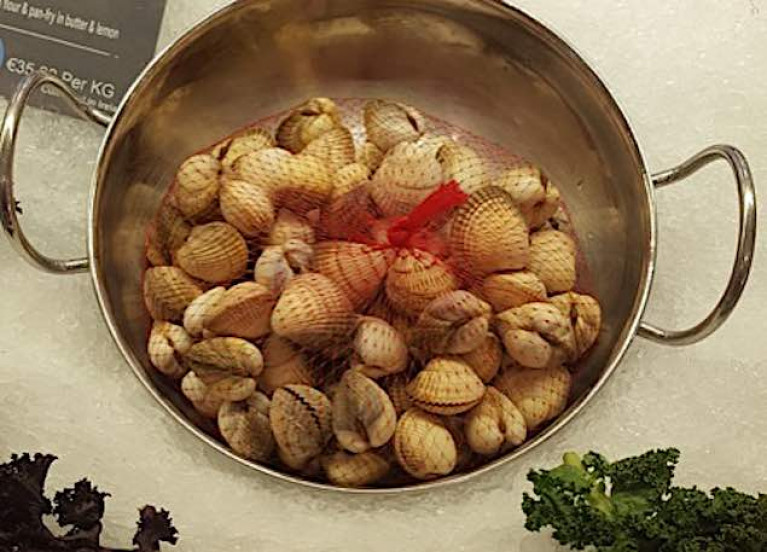

French-Registered Fishing Vessel Detained by Naval Service off Blasket Islands
23rd September 2020 Navy
New Marine Minister Stresses Importance Of Protecting Ireland’s Fishing Industry In Brexit Negotiations
23rd September 2020 Fishing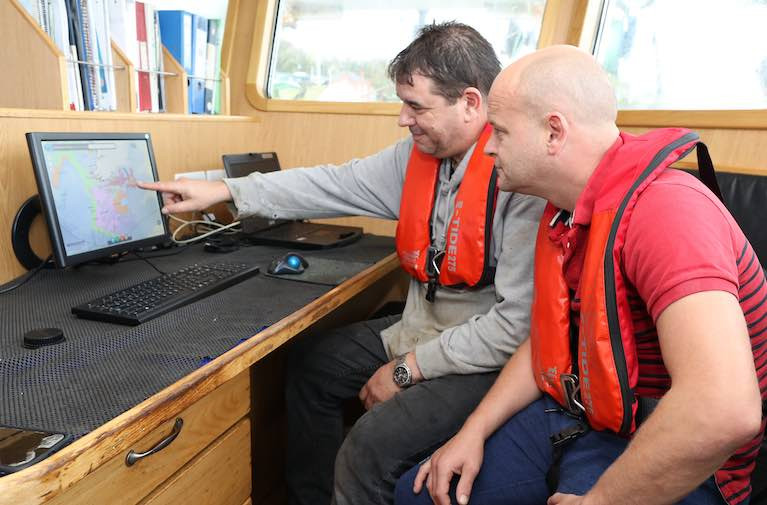
Irish 'Real-Time' Fisheries Chart Helping to Protect Ireland's Marine Environment
22nd September 2020 Fishing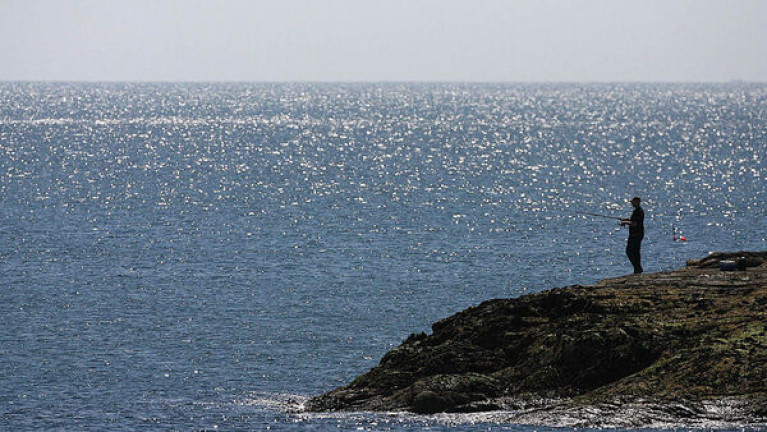
Harbour in Co. Down is Where Public Asked to Avoid While Munitions Recovered
19th September 2020 Fishing
Minister Reaffirms Commitment To Protecting Ireland’s Fishing Industry In Any Agreement With UK
16th September 2020 Fishing
Marine Notice Highlights Importance Of Voyage Planning For Fishing Vessels
12th September 2020 Fishing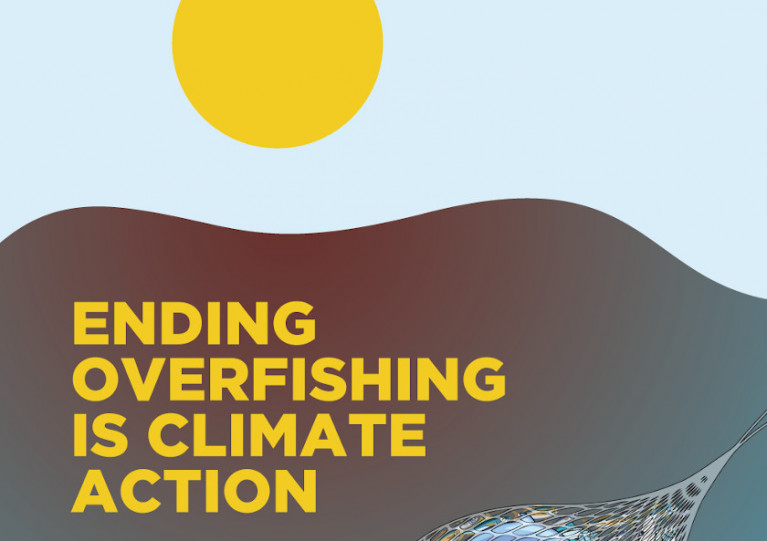
More Than 300 Scientists Sign Statement Urging EU To End Overfishing & Protect Ocean Health
10th September 2020 Fishing